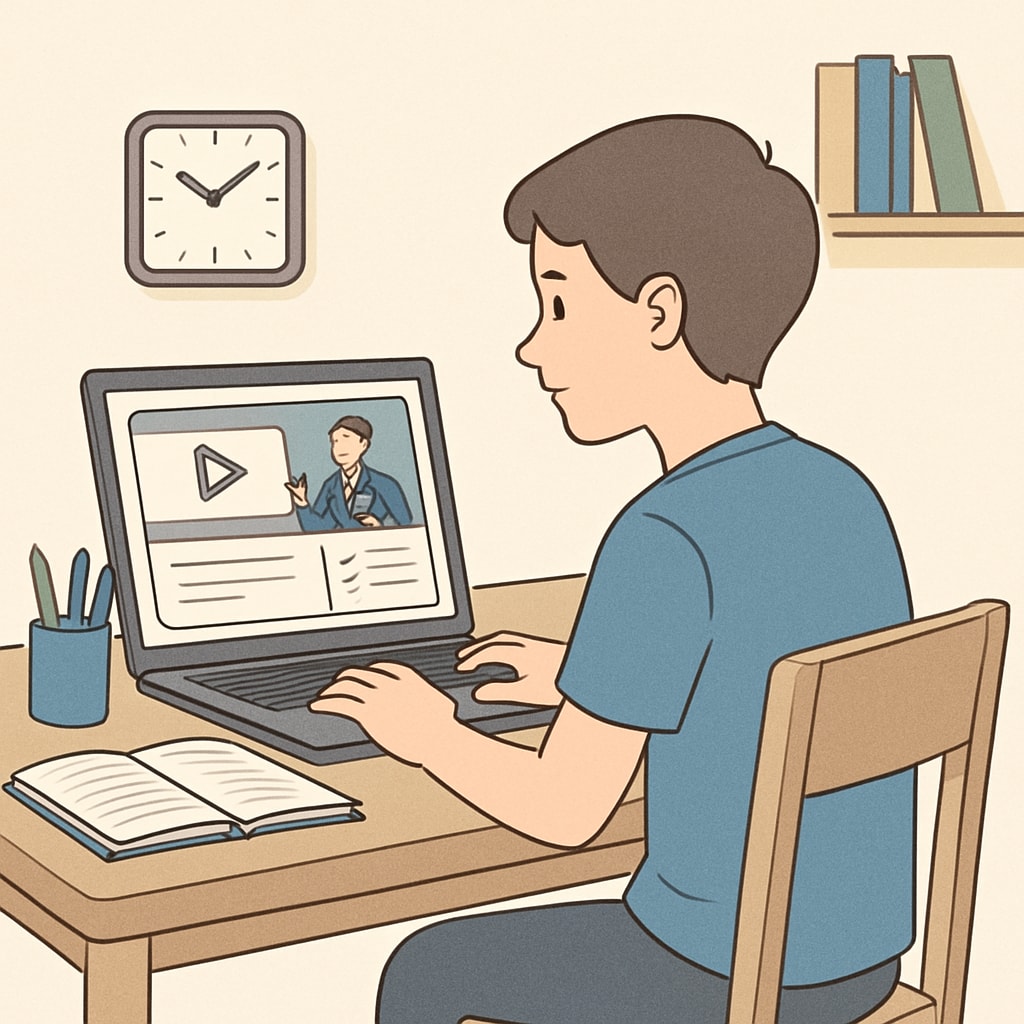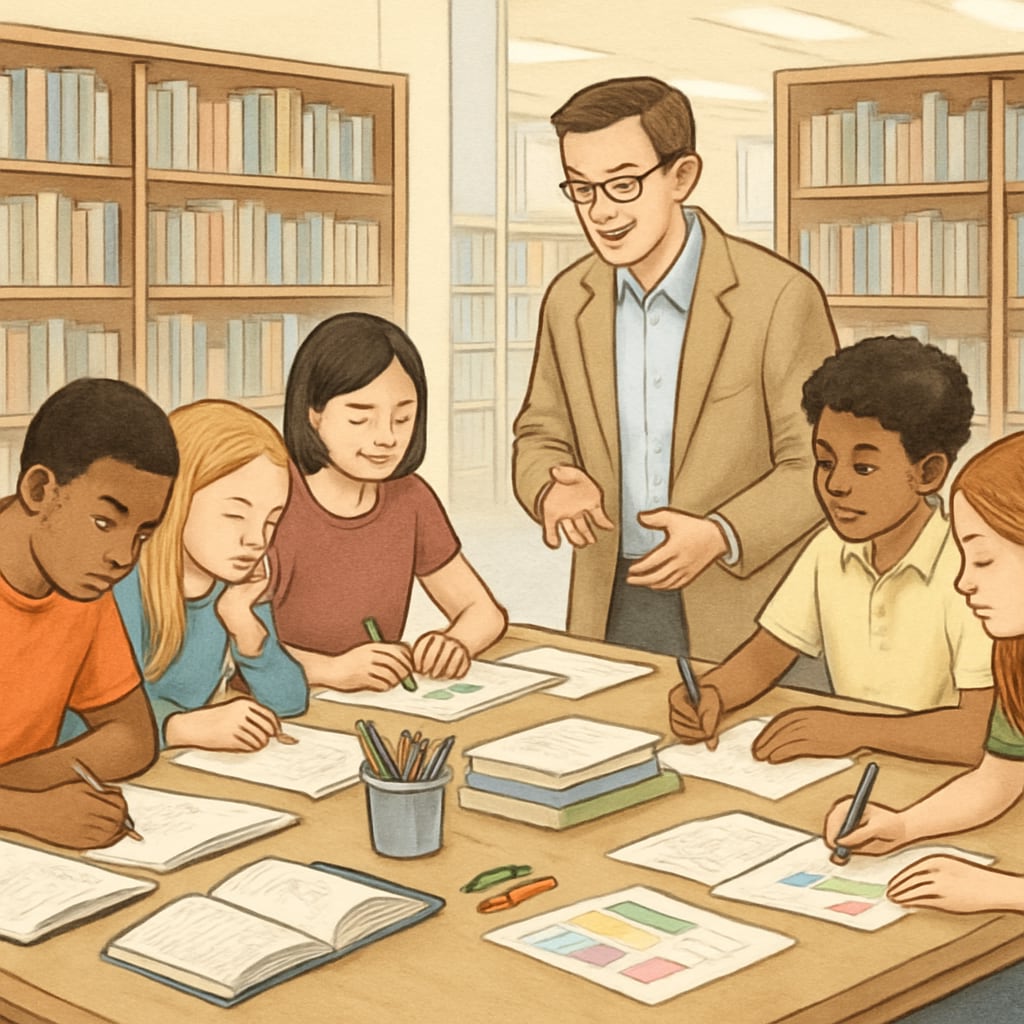As high school students approach their final year, the pressure to excel academically often intensifies. Many students and parents turn to off-campus educational resources to supplement their learning. This article explores practical methods for finding high-quality educational courses, off-campus learning options, and academic resources. By utilizing these tools, students can broaden their knowledge, enhance their skills, and achieve their full potential.
Exploring Online Platforms for Supplementary Learning
Online platforms have revolutionized education by providing access to a wealth of learning materials, often free or at an affordable cost. Websites like Coursera and Khan Academy offer courses ranging from mathematics and science to humanities and computer programming. These platforms allow students to learn at their own pace and gain certifications that can strengthen college applications.
- Free Options: Khan Academy, edX, and YouTube channels like CrashCourse provide comprehensive lessons across various subjects.
- Paid Options: Platforms like Coursera and Udemy offer in-depth courses taught by experts, often with lifetime access.

Additionally, many high schools partner with online platforms to provide supplementary resources. Students should consult their teachers or school counselors to explore these opportunities.
Utilizing Community Resources for Off-Campus Learning
Community resources are often overlooked but can be invaluable for high school students. Local libraries, for instance, not only provide educational books but also host workshops, career counseling sessions, and study groups.
- Libraries: Many libraries offer free access to digital resources, tutoring programs, and even coding classes.
- Community Centers: These facilities often host affordable courses in public speaking, leadership, and art.
- Museums and Science Centers: Many institutions provide educational programs tailored to high school students.
Parents and students can also search for local non-profit organizations that offer specialized academic programs, such as STEM camps or writing workshops, often at little to no cost.

Peer Learning: The Power of Collaborative Study
While educational resources are critical, peer learning offers a unique way to reinforce knowledge. Forming study groups allows students to share insights, clarify doubts, and stay motivated. Collaborative learning has been shown to improve comprehension and retention.
Here are some tips for effective peer learning:
- Set Clear Goals: Ensure that study sessions focus on specific topics or assignments.
- Leverage Online Tools: Platforms like Zoom and Google Meet make remote study groups possible.
- Rotate Roles: Assign roles such as note-taker or presenter to keep everyone engaged.
In addition to informal groups, students can join academic clubs or participate in interschool competitions to expand their network and gain exposure to diverse perspectives.
Balancing Cost with Quality in Educational Resources
While some resources come with a price tag, students should prioritize value over cost. It’s essential to research reviews and testimonials before committing to paid courses. Many platforms offer trial periods or free basic courses, allowing students to evaluate their effectiveness.
For families on a tight budget, scholarships and financial aid programs can make premium educational resources accessible. Students should also explore free resources available through public institutions or non-profits.
By combining free and paid options, students can tailor a comprehensive learning plan that aligns with their goals and financial situation.
Conclusion: Building a Holistic Learning Experience
High school students can significantly enhance their academic journey by exploring a diverse range of off-campus educational resources. From online platforms to community programs and peer learning, these tools empower students to take control of their education. By adopting a proactive approach and leveraging available resources, students can navigate their critical final year with confidence and success.
Final Tip: Stay curious and open to new opportunities. The world beyond the classroom offers endless possibilities for growth and learning.


